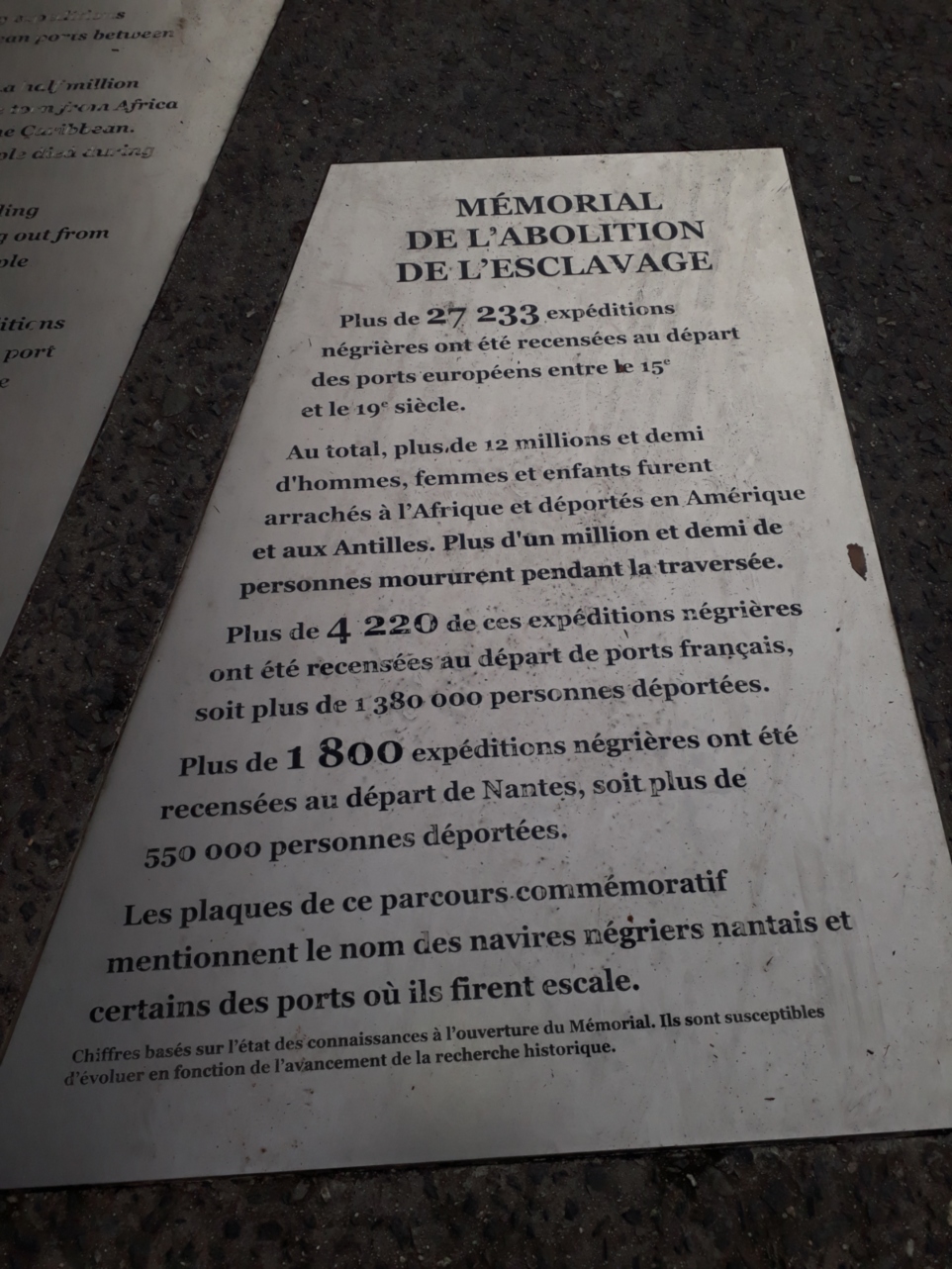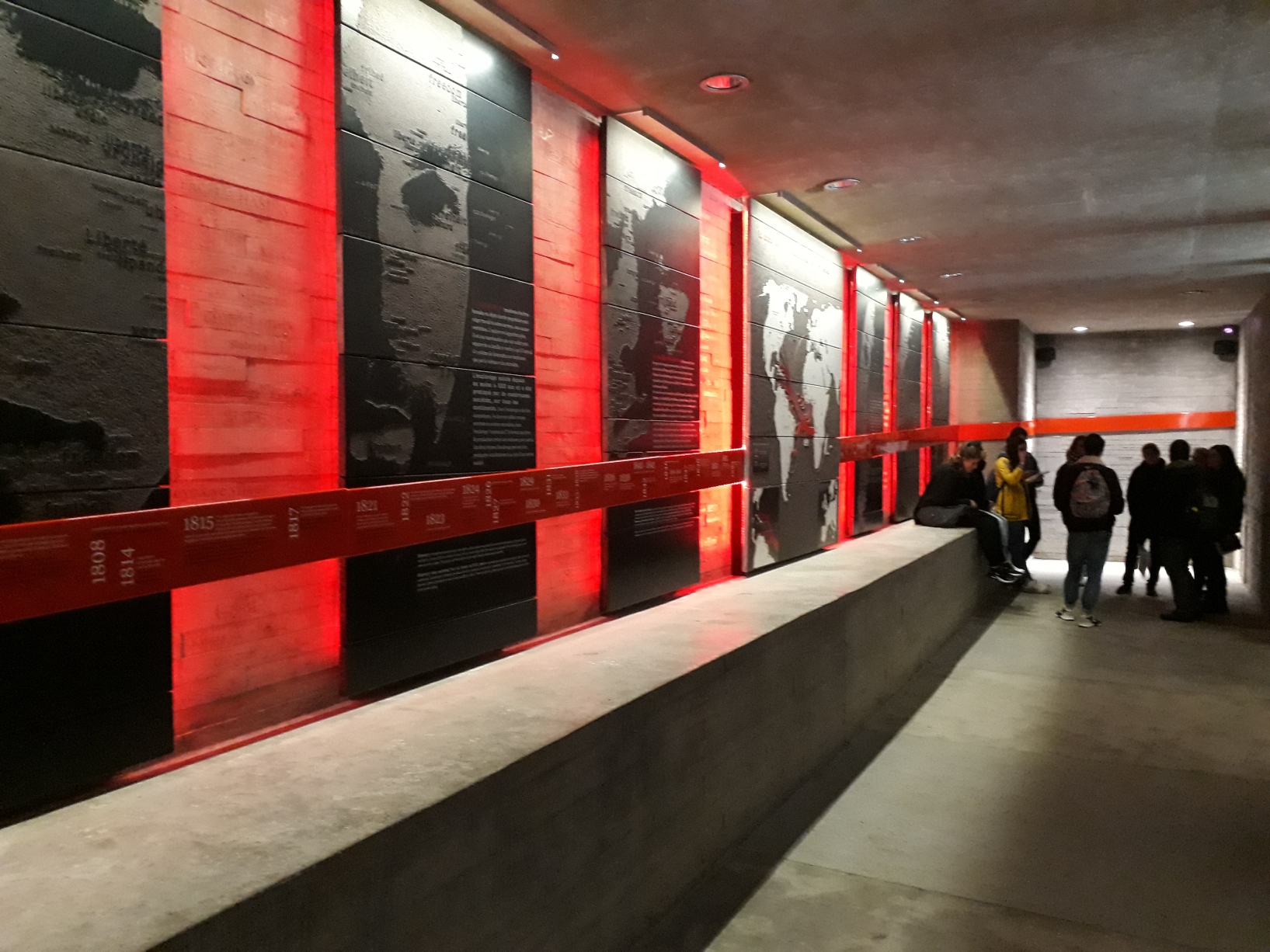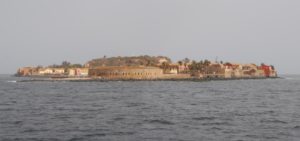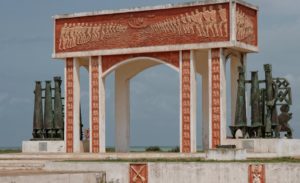Memorial to the Abolition of Slavery
Museum
Theme: Slavery

Address
Quai de la Fosse
Country
Francia
City
Nantes
Continent
Europe
Theme: Slavery
Purpose of Memory
To remember Nantes as the first slave trading port in France in the 18th century and to honor those who fought and keep on fighting against slavery all around the world.
Institutional Designation
Memorial to the Abolition of Slavery
Date of creation / identification / declaration
2012
Public Access
Free
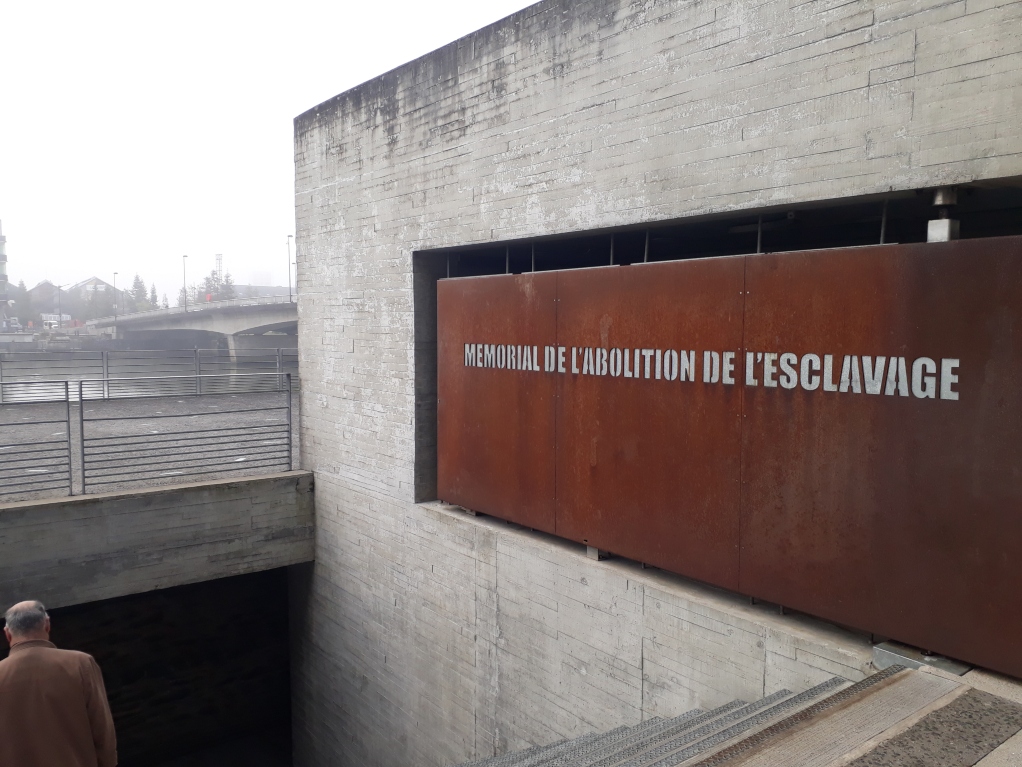
Location description
The Memorial to the Abolition of Slavery (Nantes, France), situated by the banks of the river Loire, consists of two parts: the first, a quay which keeps two thousand crystal plaques; some remind us of the ship names and departure dates of the expeditions that set sail there, whereas others mention the trafficking ports and factories in Africa and America. The other part of the memorial is located under the quay and it consists of a long underwater passage which contains, engraved in a huge 90-meter-long crystal plaque, the Universal Declaration of Human Rights, essential abolitionist texts and historical slavery data.
The triangular slave trade was a commercial route established between Europe, Africa and America between the 15th and 19th centuries. The route began in the European ports, from where boats full of goods set off. Then, in the Western coasts of Africa, these goods were exchanged for slaves who were taken to America. Once in America, slaves were sold as workforce for plantations and the boats were loaded with exotic products to be taken to Europe: tobacco, sugar, cotton, among others. It is estimated that more than eleven million people were taken to America as slaves.
Nantes became the most important slave-trading port in France between the mid-17th century and mid-19th century, when more than 550,000 people were taken to the colonies in America.
Despite the end of slavery proclaimed in 1848, the traders from Nantes continued the slave trade for a few more years.
The first commemoration attempt began in 1983 with the creation of the association called “Nantes 85, from the Black Code to the Abolition of Slavery”. At Nantes University, the association organized an international conference on African slave trafficking which mobilized several local associations and political parties. It was not until 1989 that the first temporary exhibition on African slave trading was inaugurated in France: “The Shackles of Memory” (1992-1994) which received over approximately 400,000 visitors. In 1998, a group of eleven associations from Nantes was formed to celebrate the 150° anniversary of the abolition of slavery. On 24 April 1998, thanks to the initiative of the Mémoire de l’Outre Mer, a commemorative sculpture was inaugurated in the port of Nantes, which was plundered some days later. The Town Hall reacted to this crime and in June of that same year decided to put up another commemorative work: the Memorial to the Abolition of Slavery. The awarded project was designed by Julián Bonder, Argentine architect, and Krzysztof Wodiczko, Polish artist. The memorial recalls the historic and current struggle for the abolition of slavery.
Since the 1990s, many municipal initiatives have reinforced this awareness work: cooperation with African and South American cities, the organization of the World Forum on Human Rights in Nantes (2004) and the opening of rooms devoted to slave trafficking at the History Museum of Nantes, among others. At present, the Museum and the Memorial are connected by a trail where information on triangular trade is displayed.




